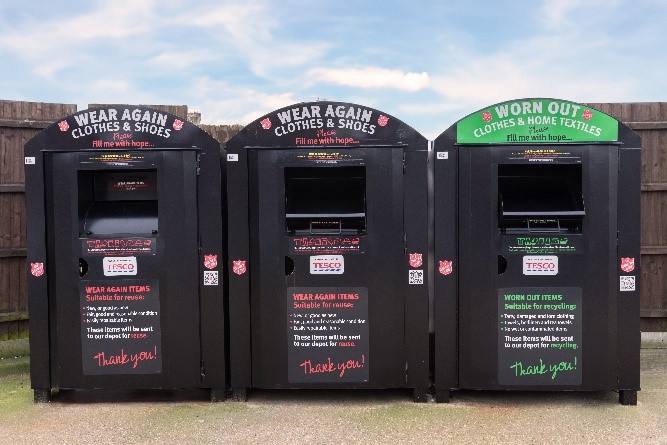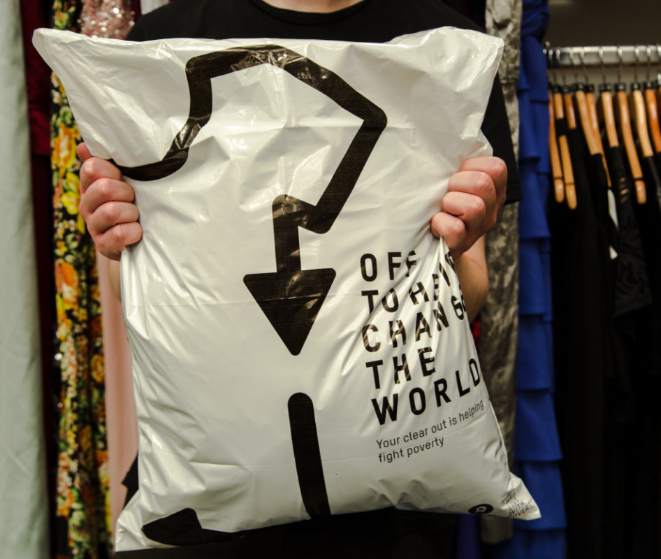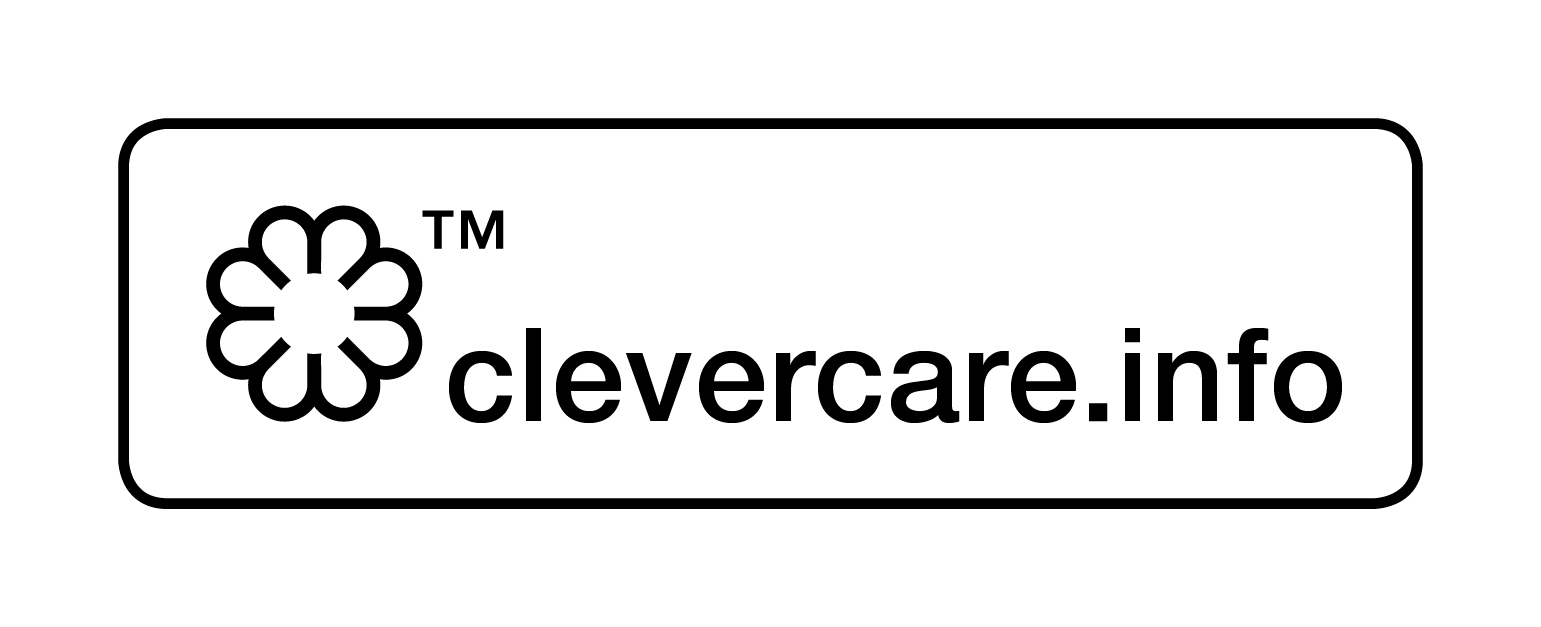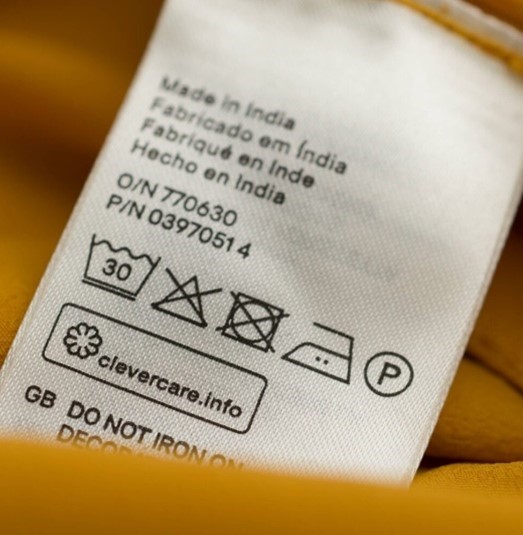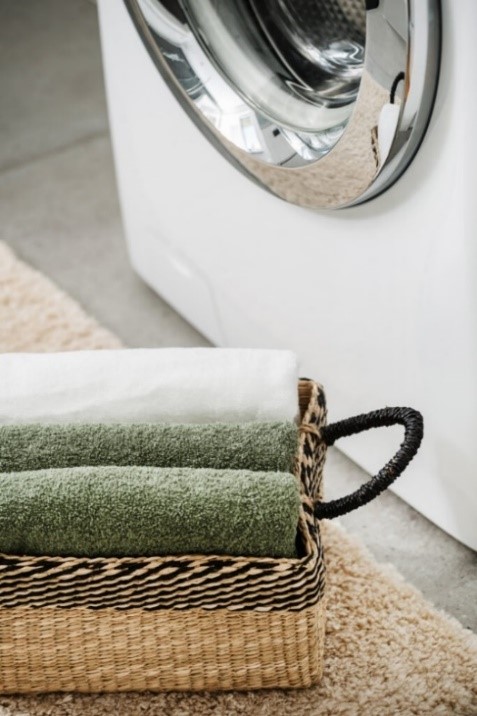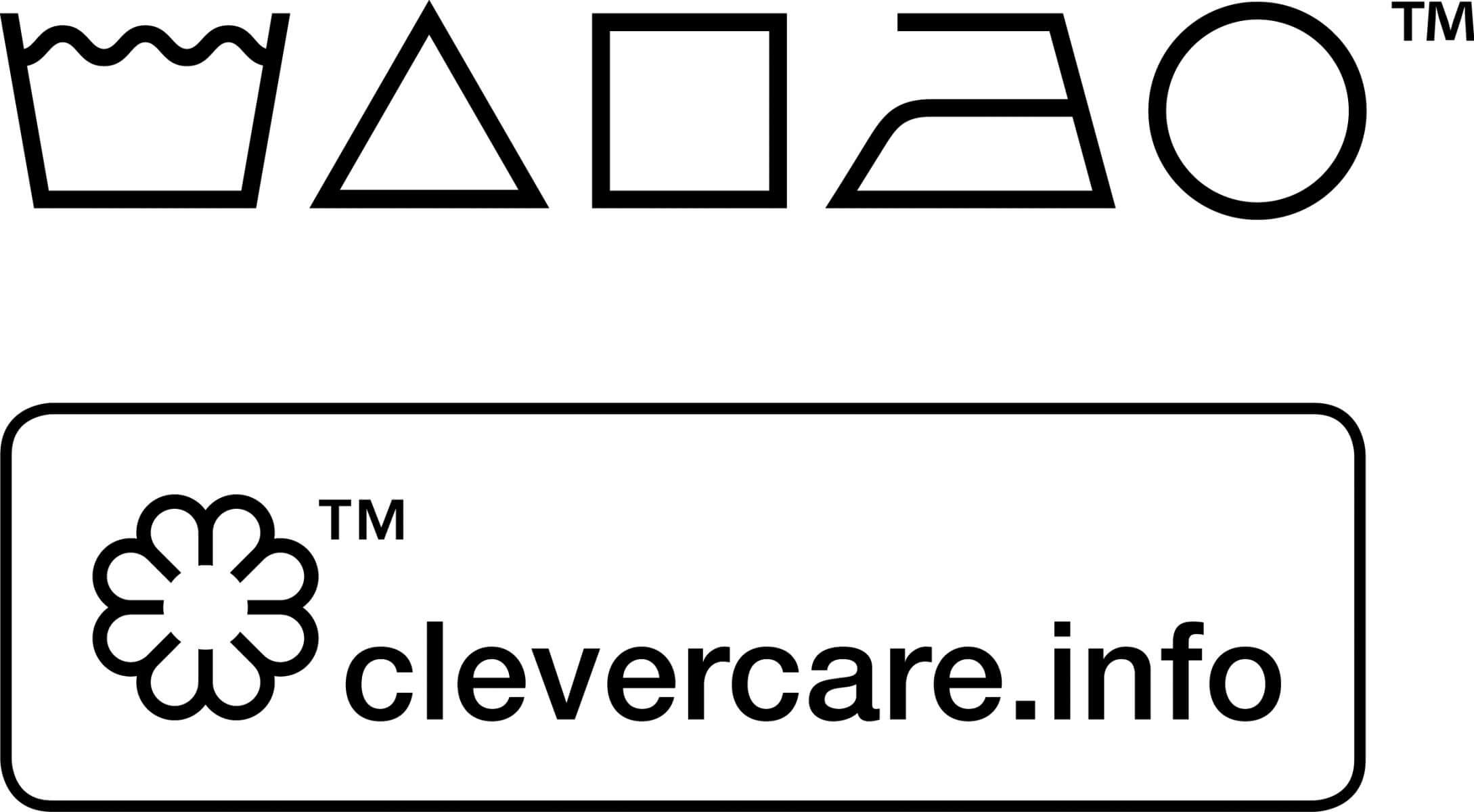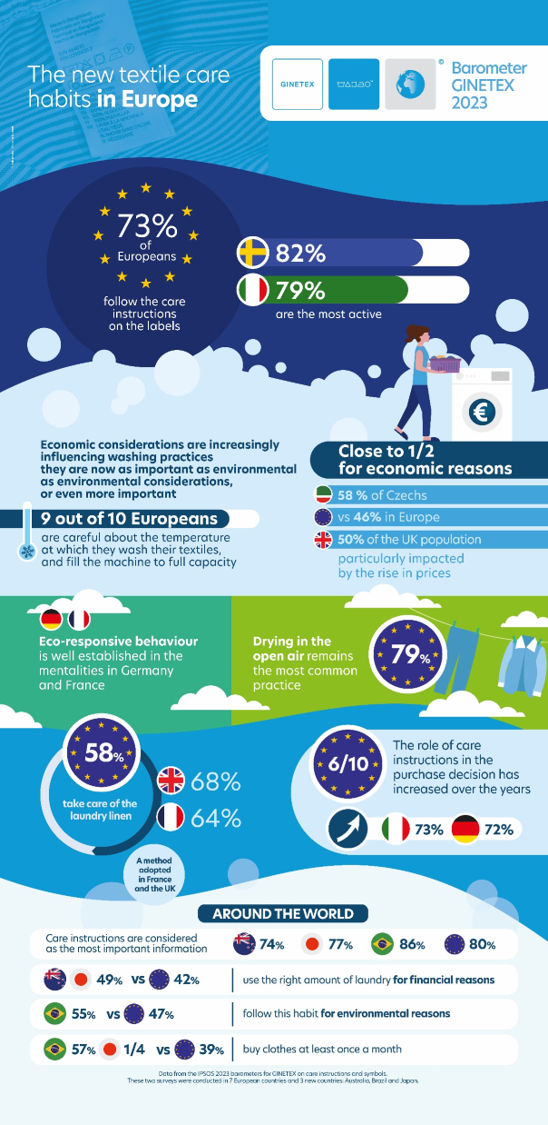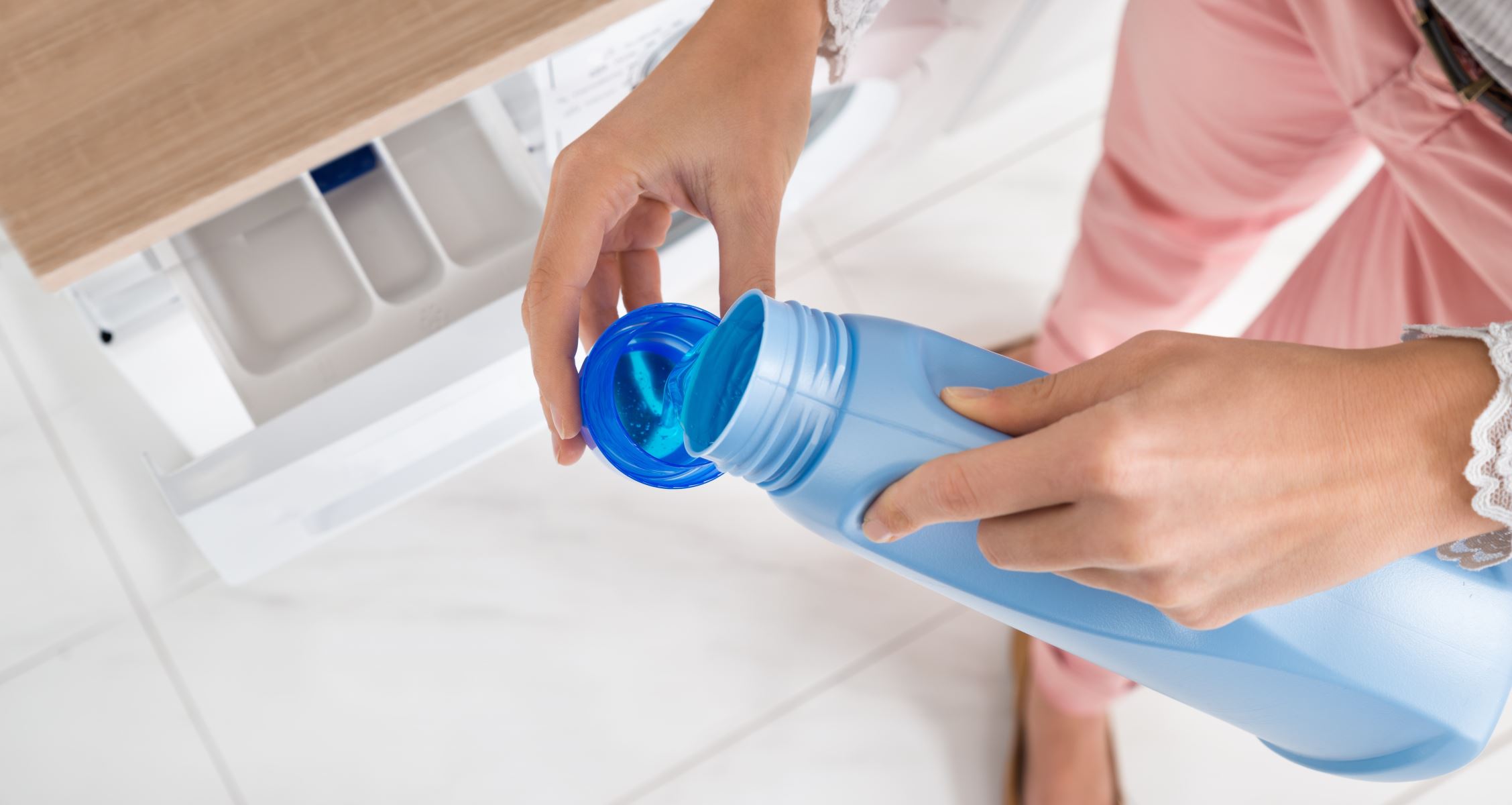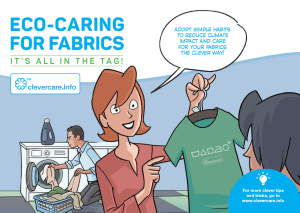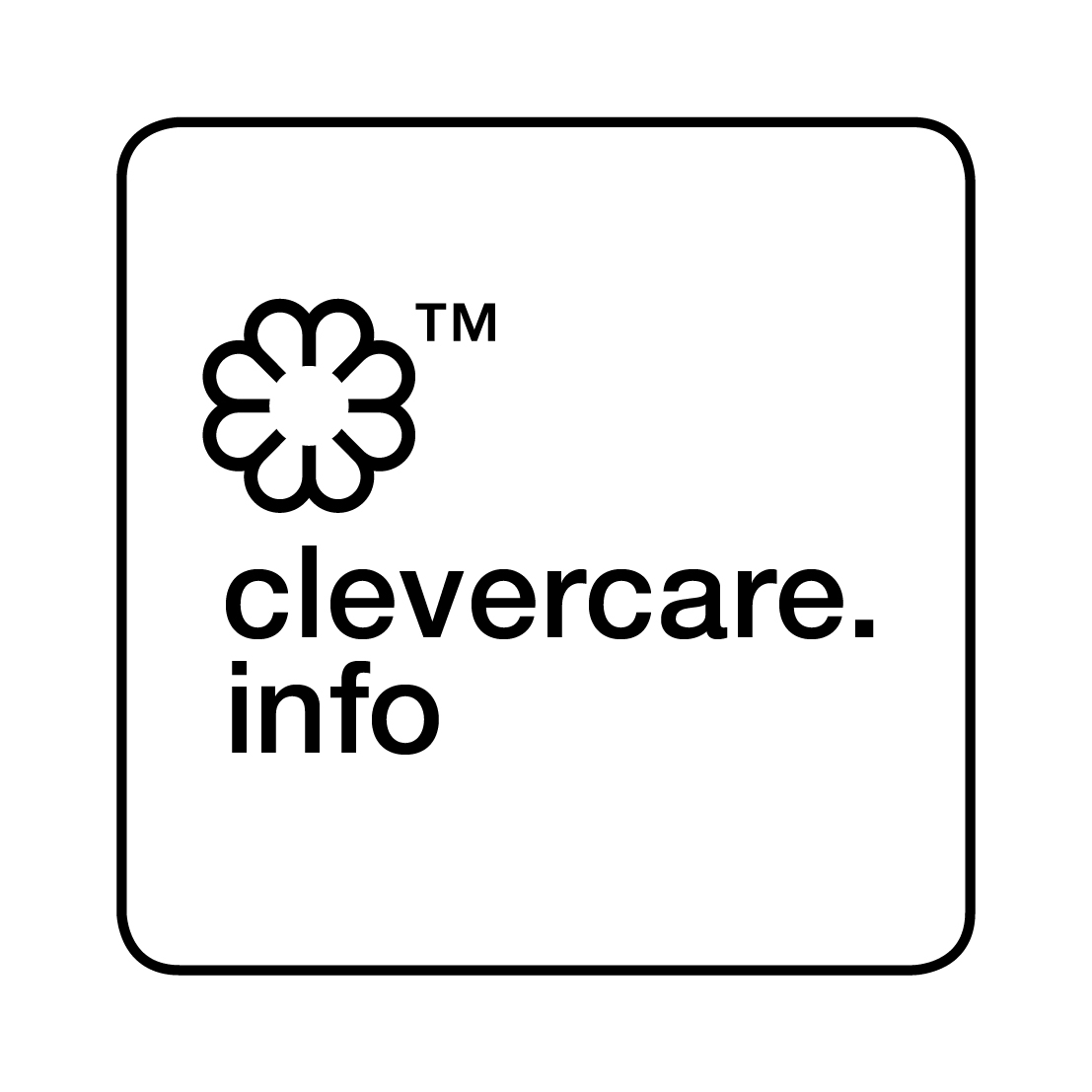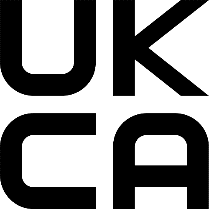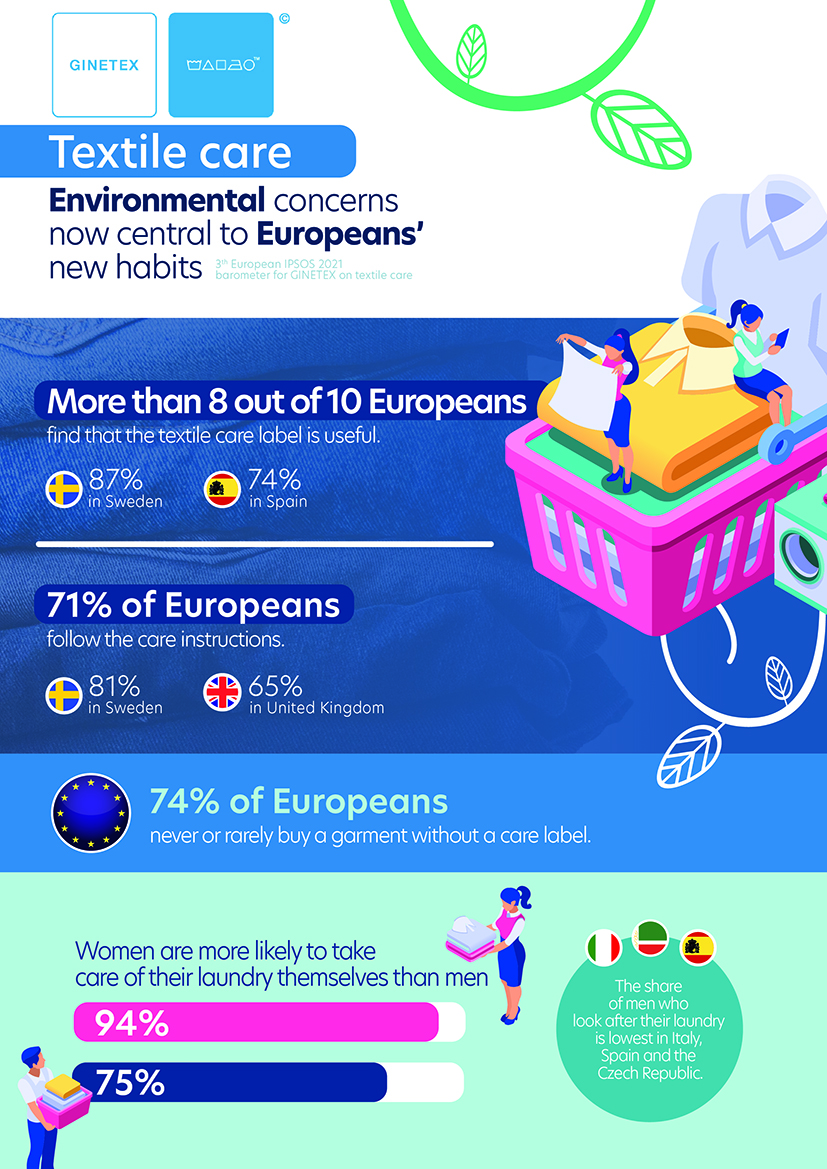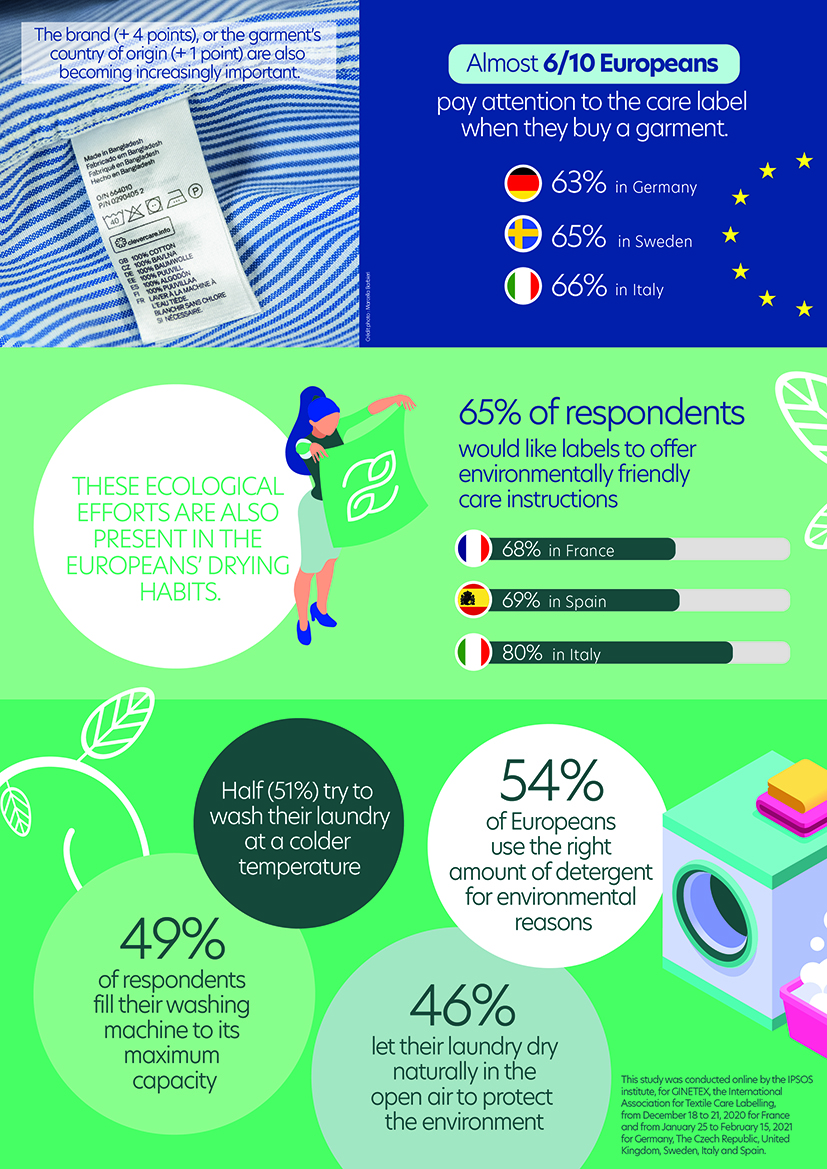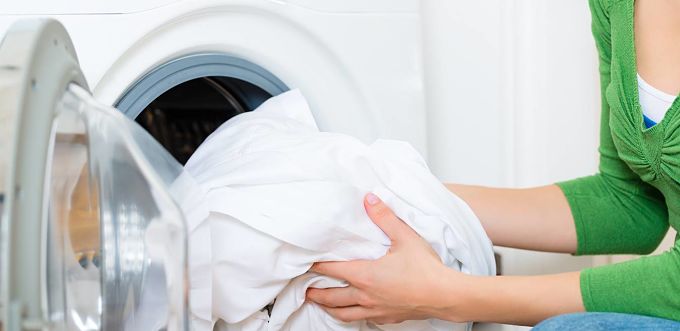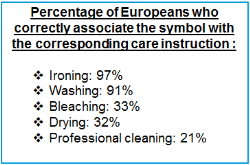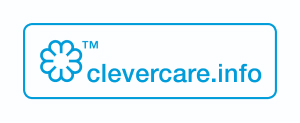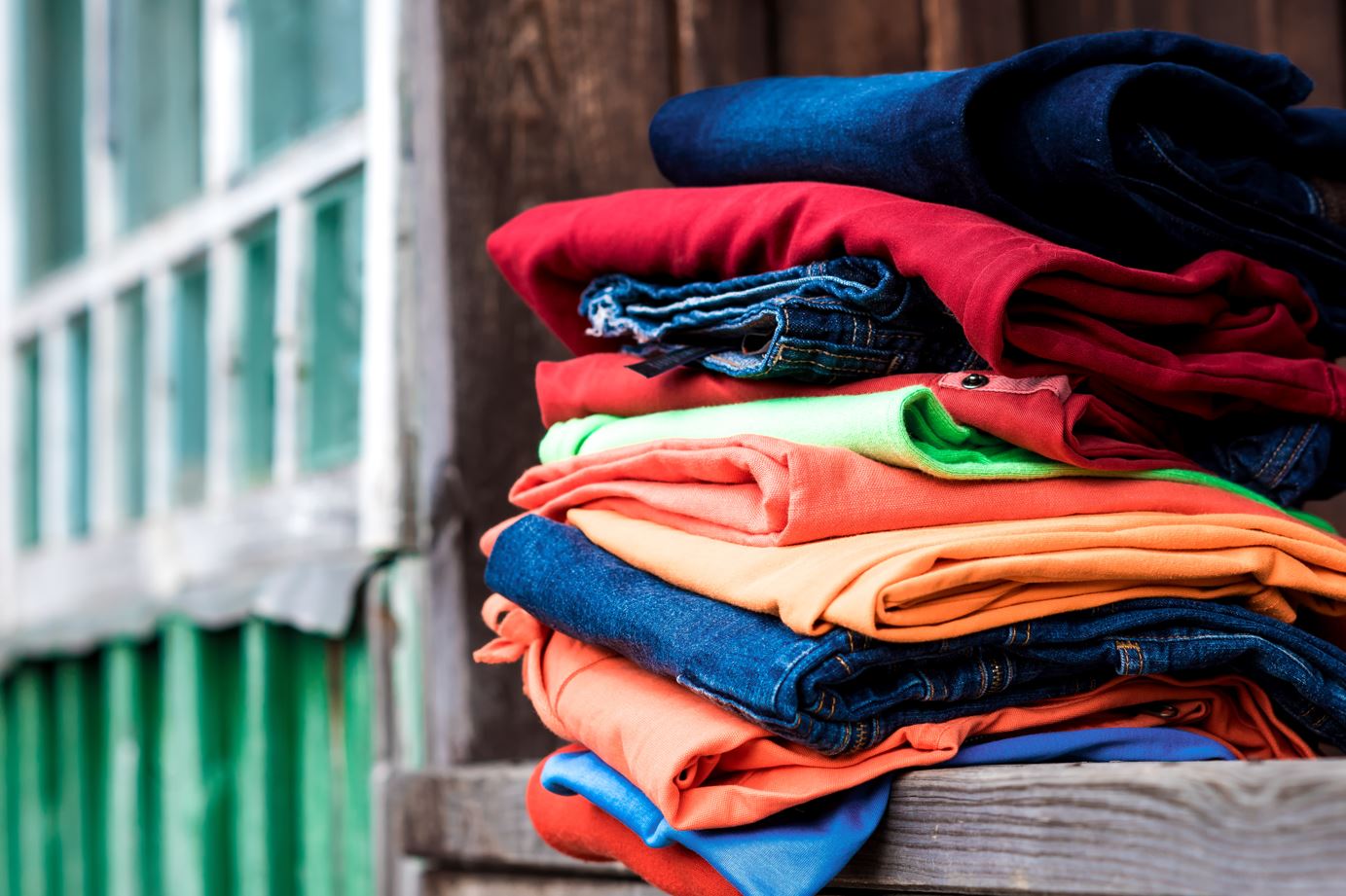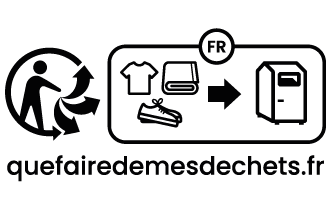Adam Mansell appointed as GINETEX President
Adam Mansell appointed as GINETEX President
Adam Mansell, CEO of the UK Fashion and Textile Association (UKFT),
is replacing Thomas Lange.

Paris, 19 November 2024. GINETEX, the International Association for Textile Care Labelling, announced the appointment of its new President, Adam Mansell, at its General Assembly on 8 November 2024. He will take office on 1 January 2025 for a 2-year term up to the end of 2026. He will be succeeding Thomas Lange, who will become Vice-President.
Adam Mansell has led the UKFT (UK Fashion and Textile association) for over eight years. Over his three decades of experience in the segment, Adam has partnered with many professional groups and gained extensive experience throughout the fashion and textile supply chain. He can boast experience in every aspect of this segment, starting with the design process, and including the selection of fabric retailers and suppliers, as well as the distribution and sale of products alongside of wholesalers, brands and manufacturers.
Adam Mansell is also involved in a wide range of groups specialising in the textile industry and holds a seat on several industrial boards at national and international levels. He chairs Future Fashion Factory, an industrial research project worth 5 million GBP, while contributing as a member of the industrial advisory board of the University of Leeds School of Design. In parallel, he also chairs the ACT Recycling Demonstrator project funded by InnovateUK and co-chairs the Circular Fashion Innovation Network. To continue, he is part of the Textile 2030 advisory board and the Institute of Positive Fashion. Furthermore, he also chairs the CapitB charity, which helps companies and individuals involved in the UK fashion and textile industry to fund the development of skill sets and improve training.
“I am thrilled to be appointed President of GINETEX. Textile care labels are critical when it comes to long-term clothing care and more generally in the fashion industry. Suitable labels help to extend the lives of clothing and allow users to get full benefit for as long as possible. Considering the ever-increasing complexity faced by the fashion industry worldwide and the ever-shorter production cycles, it is essential for GINETEX and its members to work closely with their partners throughout the supply chain“, commented Adam Mansell. “I would like to thank Thomas Lange for his remarkable contribution over the last two years. GINETEX recorded significant growth under his leadership. I fully intend to follow in his footsteps by incorporating new countries into our organisation and setting up partnerships with international retailers and brands. With this in mind, our aim is to set up a simple and affordable care labelling system which could be adopted around the world.”
About GINETEX
Established in Paris in 1963, GINETEX (International Association for Textile Care Labelling) is behind an international textile care labelling system designed to inform textile companies, as well as consumers, about the best ways to care for their textile garments. The care symbols used are equally registered trademarks of GINETEX and COFREET. The group promotes these symbols and coordinates its technical content, which is essential for the definition and application of the care labelling code, at international level. GINETEX currently has 21 member countries.
Press contacts
MAARC Agency
Adrien Jibidar – adrien.jibidar@maarc.fr – +33 (0)6 95 46 31 43
Ando Razakarisoa – ando.razakarisoa@maarc.fr – +33 (0)9 72 22 00 68
GINETEX contact
Pascale Florant – Secretary General - +33 (0)1 47 56 31 71
www.ginetex.net | www.clevercare.info
MY CARE LABEL app (available from the App store and Google Play)
Tags : Care



